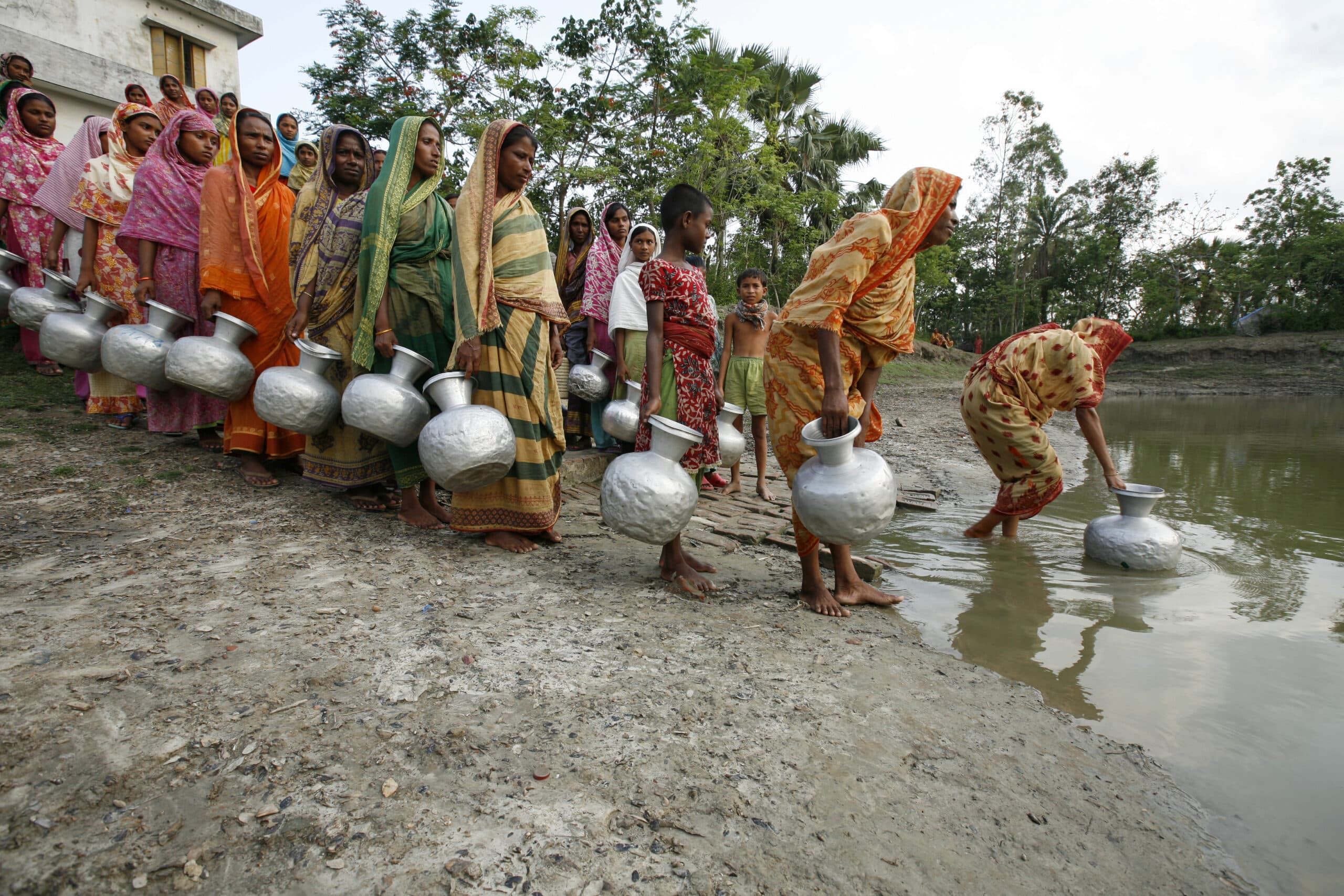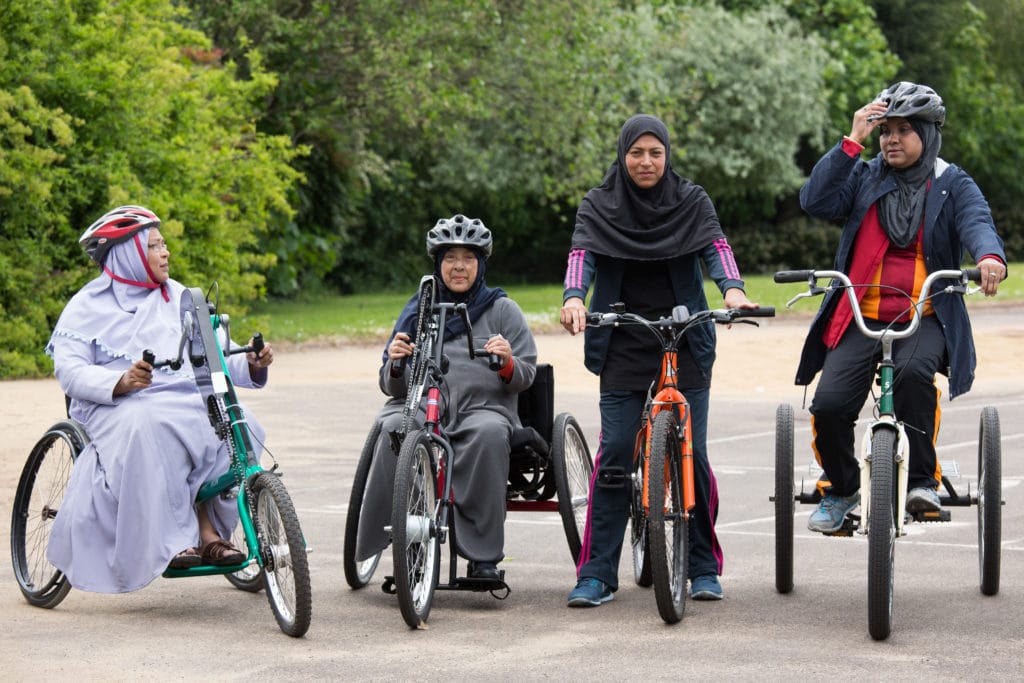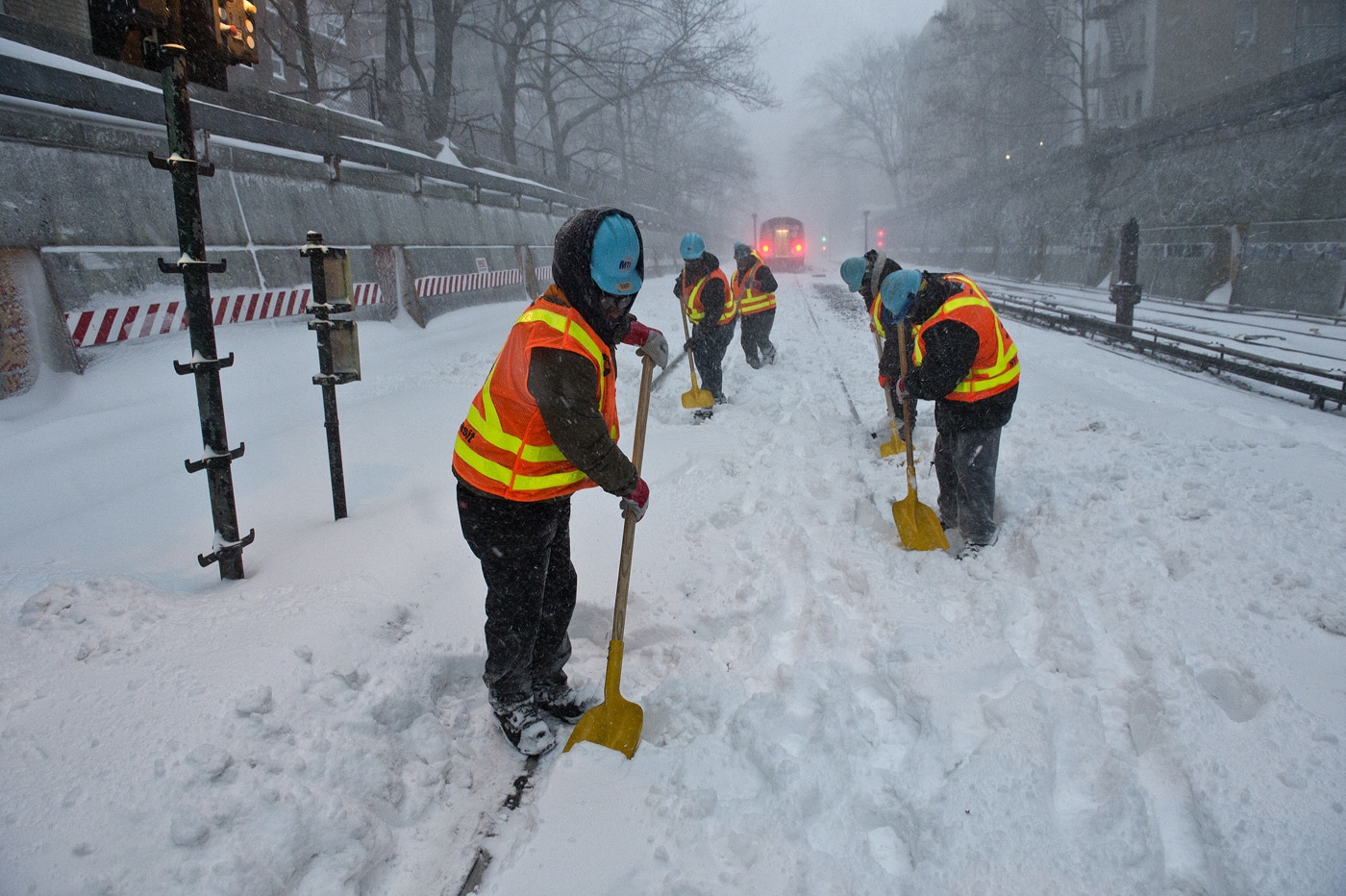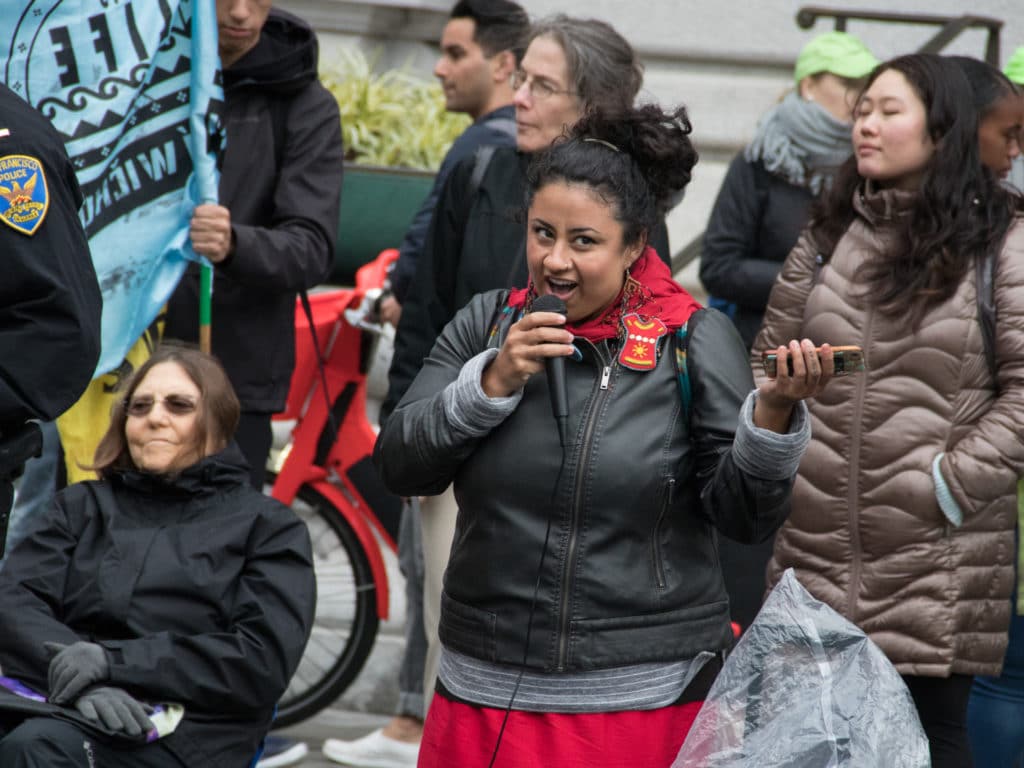Visuals & media – key insights
Humans are visual animals: our understanding of the world is dominated by what we see, and how this makes us feel. But despite decades of public engagement (and the proliferation of research on the verbal and written communication of climate change), for a long time there was little evidence on which to base a choice that thousands of journalists, activists, bloggers and educators face on a daily basis: how to communicate climate change effectively using the visual medium.
Our visuals and media programme is the world’s only evidence-backed initiative focussing on climate change photography. Fusing international social research, expertise and industry insights, we are working with partners across the world to move away from clichéd images of polar bears, melting ice caps and factories, to catalyse a new – more compelling, diverse and impactful – visual language for climate change.
Key insights from our work: our 7 Climate Visuals principles
![]()
-
- Show ‘real people’ not staged photo-ops. A person expressing an identifiable emotion is powerful. Our research showed that people prefer ‘authentic’ images over staged photographs, which they saw as gimmicky or even manipulative.

Village women are in a queue to collect drinking water as they travel long distances to collect drinking water, Satkhira, Bangladesh. The southwestern coastal region of Bangladesh has faced thirty large-and moderate-scale natural disasters in the last two decades. Photo credit: Abir Abdullah / Climate Visuals
-
- Tell new stories. Less familiar images can help tell a new story about climate change, and remake the visual representation of climate change in the public mind.

Birmingham Cycle Revolution Wheels for All Well Being Centre. Photo credit: The Active Well-Being Society (formerly Big Birmingham Bikes) / Ashden
-
- Show climate causes at scale. When communicating the links between high carbon behaviours and climate change, it is best to show these behaviours at scale in order to avoid defensive reactions.

Long lines of stationary traffic on the M5 motorway in Somerset, UK. Photo credit: Timothy Large / Alamy
-
- Climate impacts are emotionally powerful. They can prompt a desire to respond or get involved, but can also be overwhelming. Coupling images of climate impacts with a positive or solution narrative can help people take action.

A member of staff sprays water onto plants with the help of an irrigation pack with an integrated solar panel, in the remote islands of Gaibandha where agriculture has been started with the help of solar panels called “Solar Irrigation”. Photo credit: Abir Abdullah / Climate Visuals
-
- Understand your audience. Levels of concern about climate change determine how people react to images. Our research showed that images depicting solutions to climate change generated positive emotions across the political spectrum, whereas images of distant climate impacts did not test as well with people with centre-right values.

The final rotor blade is slowly lifted by an offshore crane for installation to the fifth and final wind turbine of North America’s first commercial offshore wind farm, the Block Island Wind Farm, off the coast of Rhode Island, USA. From our boat, we heard loud roars of cheers coming from the construction team inside the turbine and on the lift boats. While small (only five turbines, for a combined 30 MW), the wind farm is a huge symbolic step forward for North America’s fledgling offshore wind industry. Photo credit: Joan Sullivan / Climate Visuals
-
- Show local (but serious) climate impacts. Images of climate impacts in places people are familiar with are likely to be most powerful. However, there is a balance between localising climate change and trivialising the issue, if the impact is seen as not serious.

MTA New York City Transit battled the blizzard as crews cleared snow along the Q line in Brooklyn on Saturday, January 23, 2016. Photo credit: Metropolitan Transportation Authority / CC BY 2.0
-
- Be careful with protest imagery. Images depicting protests can attract cynicism as many people do not feel an affinity with protesters. However, images involving protestors directly affected by climate impacts are seen as authentic and compelling.

Youth with Extinction Rebellion SF Bay lead powerful rally, march and direct action. Photo credit: Peg Hunter / Flickr
Sign up to our newsletter
Thank you for signing up to our newsletter
You should receive a welcome email shortly.
If you do not receive it, please check your spam folder, and mark as 'Not Spam' so our future newsletters go straight to your inbox.
